Home>diy>Planning & Engineering>What Type Of Work Qualifies As Working Under The Direct Supervision Of A Landscape Architect


Planning & Engineering
What Type Of Work Qualifies As Working Under The Direct Supervision Of A Landscape Architect
Modified: January 9, 2024
Discover what type of work qualifies as working under the direct supervision of a landscape architect. Explore the intersection of planning and engineering in this insightful guide.
(Many of the links in this article redirect to a specific reviewed product. Your purchase of these products through affiliate links helps to generate commission for Storables.com, at no extra cost. Learn more)
Introduction
When it comes to the field of landscape architecture, working under the direct supervision of a licensed professional is vital for ensuring the quality and integrity of the design and construction process. The term “working under the direct supervision of a landscape architect” refers to the collaborative relationship between a landscape architect and their team members, where the architect provides guidance, oversight, and mentorship to ensure that all work meets industry standards and aligns with the overall vision of the project.
In this article, we will explore what qualifies as working under the direct supervision of a landscape architect and delve into the role and responsibilities of these professionals. We will also examine the qualifications and licensing requirements for landscape architects, as the significance of working under their direct supervision cannot be overstated.
By understanding the types of work that fall under this category and the benefits of working under the direct supervision of a landscape architect, individuals in the industry can gain valuable insights into how to further their careers and contribute to successful landscape architecture projects.
Let’s dive deeper into this fascinating field and uncover the significance of working under the direct supervision of a landscape architect.
Key Takeaways:
- Working under the direct supervision of a landscape architect involves collaborative mentorship, oversight, and guidance to ensure high-quality, sustainable, and innovative outdoor design solutions that meet industry standards and client goals.
- This collaborative relationship offers valuable professional growth opportunities, access to expertise, and networking within the industry, while requiring effective communication, time management, and continual learning to navigate challenges and maximize contributions to landscape architecture projects.
Definition of “Working Under the Direct Supervision of a Landscape Architect”
Working under the direct supervision of a landscape architect involves actively collaborating with a licensed professional in the field of landscape architecture. It refers to the relationship between the landscape architect and their team members or colleagues, where the architect provides oversight, guidance, and mentorship.
The landscape architect takes on the role of a mentor, sharing their expertise and knowledge to ensure that all work performed aligns with industry standards, legal regulations, and best practices. This direct supervision ensures the integrity and quality of the design, planning, and execution of landscaping projects.
Under the direct supervision of a landscape architect, team members may include landscape designers, drafters, project managers, construction workers, or horticulturalists, among others. The landscape architect oversees and directs their work, offering feedback, making revisions, and providing support throughout every phase of the project.
It is important to note that working under the direct supervision of a landscape architect is not limited to being physically present with the architect at all times. With advancements in technology, virtual and remote collaboration has become increasingly common. Team members can still benefit from the direct supervision of a landscape architect through regular communication, virtual meetings, and the exchange of project files and updates.
In summary, working under the direct supervision of a landscape architect entails actively engaging in a collaborative relationship where the landscape architect oversees, guides, and mentors their team members to ensure that all work meets the highest standards of quality and professionalism.
The Role and Responsibilities of a Landscape Architect
A landscape architect plays a crucial role in the design, planning, and implementation of outdoor spaces. Their expertise extends beyond aesthetics, encompassing environmental, social, and functional considerations. The responsibilities of a landscape architect are diverse and multifaceted, and they vary depending on the project scope and context. Here are some of the key roles and responsibilities of a landscape architect:
Design and Planning:
One of the primary responsibilities of a landscape architect is to conceptualize and design outdoor spaces that are functional, visually appealing, and environmentally sustainable. They consider factors such as site conditions, climate, topography, and client goals to create comprehensive and innovative design solutions. Landscape architects use various tools and techniques including CAD software, hand drawing, and 3D modeling to translate their vision into tangible plans and drawings.
Environmental Stewardship:
Landscape architects have a deep understanding of ecological systems and strive to create designs that minimize environmental impact and promote sustainability. They integrate principles of biodiversity, water conservation, and energy efficiency into their designs, ensuring the long-term health and resilience of the landscape. Additionally, landscape architects are often involved in the restoration and preservation of natural habitats, working to protect the ecological integrity of a site.
Read more: What Is A Landscape Architect
Project Management:
Landscape architects are skilled project managers, overseeing every aspect of a project from conception to completion. They liaise with clients, contractors, and other professionals to ensure that projects are executed smoothly and efficiently. This includes budgeting, scheduling, coordinating resources, and resolving any issues that may arise during the construction process. Landscape architects also conduct site visits and inspections to monitor progress and ensure that work is being carried out according to plans and specifications.
Collaboration and Communication:
Landscape architects work closely with various stakeholders, including clients, engineers, architects, and local authorities, to ensure that design objectives are met and all necessary permits and approvals are obtained. Effective communication skills are essential in conveying design concepts, discussing project requirements, and managing client expectations. Landscape architects also collaborate with other design professionals to create integrated and cohesive design solutions that complement the overall project vision.
Research and Innovation:
Landscape architects are continuously expanding their knowledge and staying abreast of new developments in the field. They conduct research to explore innovative materials, technologies, and design strategies that enhance the quality and functionality of outdoor spaces. By staying informed about emerging trends and best practices, landscape architects bring fresh perspectives and creative solutions to their projects.
Overall, the role of a landscape architect encompasses a wide range of responsibilities, from creative design and project management to environmental stewardship and collaboration. Their expertise and dedication contribute to the creation of beautiful, sustainable, and functional outdoor environments that enhance the lives of individuals and communities.
Qualifications and Licensing Requirements for Landscape Architects
Becoming a licensed landscape architect requires a combination of education, experience, and examination. The specific qualifications and licensing requirements may vary depending on the country or state in which one wishes to practice. However, there are general guidelines that most landscape architects follow to become licensed professionals. Here are the key qualifications and licensing requirements for landscape architects:
Educational Requirements:
A Bachelor’s or Master’s degree in landscape architecture from a recognized institution is typically required to become a licensed landscape architect. The curriculum includes courses in design, horticulture, ecology, site planning, and construction techniques. These programs provide students with a solid foundation in the principles of landscape architecture and equip them with the necessary technical and creative skills to excel in the field.
Experience:
After completing their formal education, aspiring landscape architects typically need to gain practical experience through internships or entry-level positions. This allows them to develop a deeper understanding of the profession, work on real projects, and apply their theoretical knowledge in a practical setting. The duration of the required experience varies depending on the jurisdiction but is often a minimum of two to three years.
Licensing Examinations:
Once the educational and experience requirements are fulfilled, individuals must pass a licensing examination to become a licensed landscape architect. These examinations assess their knowledge of landscape architecture principles, design concepts, technical skills, and ethical responsibilities. The examinations may vary by jurisdiction, but they generally consist of both written and practical components.
Continuing Education:
After obtaining the initial license, landscape architects are often required to engage in continuing education to maintain their professional status. This helps them stay updated with the latest advancements in the field, maintain their skills, and deepen their knowledge. Continuing education requirements vary by jurisdiction and may include attending conferences, workshops, or completing specialized courses.
Professional Associations and Certifications:
Joining professional associations, such as the American Society of Landscape Architects (ASLA), can provide landscape architects with valuable networking opportunities, access to resources, and professional support. These associations also offer optional certifications that demonstrate a higher level of expertise and specialization within specific areas of landscape architecture.
It is important for aspiring landscape architects to research and understand the specific requirements of the jurisdiction in which they intend to practice. By fulfilling the educational, experience, examination, and licensing requirements, individuals can obtain the necessary qualifications and become qualified professionals in the field of landscape architecture.
Types of Work That Qualify as Working Under the Direct Supervision of a Landscape Architect
Working under the direct supervision of a landscape architect encompasses a wide range of tasks and responsibilities. The specific types of work that fall under this category can vary depending on the project scope, location, and the expertise of the landscape architect. However, here are some common examples of work that typically qualify as working under the direct supervision of a landscape architect:
Conceptual Design:
Collaborating with a landscape architect on the conceptual design phase involves translating ideas into visual representations. This includes creating sketches, digital renderings, or drawings that capture the overall vision of the project. Through close collaboration and guidance, the landscape architect ensures that the design concept aligns with the client’s goals, site conditions, and environmental considerations.
Site Analysis and Assessment:
Assisting with site analysis and assessment is another crucial aspect of working under the direct supervision of a landscape architect. This involves conducting surveys, analyzing site features such as topography, soil conditions, existing vegetation, and drainage patterns. Team members may work closely with the landscape architect to gather data, conduct research, and perform site visits to collect information necessary for the planning and design process.
Construction Documentation:
Preparing construction documents is an integral part of landscape architecture projects. Under the direct supervision of a landscape architect, team members may contribute to the creation of detailed plans, drawings, and specifications that guide the implementation of the design. This includes tasks such as drafting, dimensioning, detailing, and accurately representing design elements, materials, and construction techniques.
Planting Design and Selection:
Assisting with planting design involves selecting appropriate plant species, determining their placement, and creating planting plans. Working under the direct supervision of a landscape architect, team members may contribute to the research of plant characteristics, appropriate planting techniques, and ways to promote biodiversity and sustainability. They may also assist with the procurement and installation of plants, ensuring that the design intent is realized during the implementation phase.
Construction Oversight:
During the construction phase of a landscape architecture project, team members working under the direct supervision of a landscape architect may be involved in providing oversight and monitoring progress on-site. This can include tasks such as coordinating with contractors, conducting site inspections, addressing construction challenges, and ensuring that the design is implemented according to the approved plans and specifications.
Project Management Support:
Working under the direct supervision of a landscape architect may also involve providing project management support. This can include tasks such as assisting with budgeting, scheduling, and coordinating resources. Team members may also help with communication and coordination among various stakeholders, ensuring effective collaboration and timely completion of project milestones.
In summary, working under the direct supervision of a landscape architect encompasses a wide range of tasks, including conceptual design, site analysis, construction documentation, planting design, construction oversight, and project management support. By actively contributing to these aspects of a project, individuals can leverage the guidance and expertise of a landscape architect to ensure the successful realization of landscape architecture projects.
Read more: What Is A Green Landscape Architect
Case Studies: Examples of Work that Qualify as Working Under the Direct Supervision of a Landscape Architect
Examining real-world examples of work that qualify as working under the direct supervision of a landscape architect can provide valuable insights into the diverse nature of this profession. Let’s explore two case studies that highlight the collaborative relationship between landscape architects and their team members:
Case Study 1: Park Redevelopment Project
In a park redevelopment project, the landscape architect led a team of designers, horticulturalists, and construction professionals. The landscape architect provided direct supervision and guidance throughout the project, ensuring that the design vision was translated into reality.
The team worked closely together to conduct a site analysis, assessing the existing conditions and identifying opportunities for improvement. The landscape architect oversaw the development of the conceptual design, collaborating with the designers to create a cohesive and visually appealing plan that met the client’s goals and reflected the site’s unique characteristics.
The landscape architect and the team worked on construction documentation, detailing the specifications and materials required for the project. They collaborated with contractors during the construction phase, providing oversight and ensuring that the implementation adhered to the design intent.
Throughout the process, the landscape architect provided mentorship and guidance to the team members. From planting design to project management support, the landscape architect ensured that all work met the highest quality standards and aligned with the overall vision of transforming the park into a vibrant and sustainable public space.
Case Study 2: Residential Landscape Design
In a residential landscape design project, the landscape architect collaborated with a team of landscape designers and contractors. The landscape architect served as a mentor, overseeing the work and ensuring that it met the client’s desires and functional requirements.
The team worked closely with the landscape architect during the conceptual design phase. They assisted in translating the client’s preferences and lifestyle into a cohesive design plan, considering elements such as outdoor living areas, plantings, hardscape features, and sustainable design practices.
The landscape architect provided guidance in plant selection, ensuring that appropriate species were chosen for the local climate and site conditions. The team also worked on developing construction documentation with guidance from the landscape architect, including detailed plans, sections, and material specifications.
Throughout the implementation phase, the landscape architect provided oversight, conducting site visits and collaborating with the contractors. The team members worked in coordination with the landscape architect, ensuring that the design was accurately and effectively brought to life.
These case studies demonstrate the collaborative nature of working under the direct supervision of a landscape architect. By participating in various aspects of design, planning, and implementation, the team members benefit from the guidance and expertise of the landscape architect, ultimately contributing to the successful delivery of high-quality landscape architecture projects.
Benefits and Importance of Working Under the Direct Supervision of a Landscape Architect
Working under the direct supervision of a landscape architect offers numerous benefits and holds great importance in the field of landscape architecture. This collaborative relationship ensures the successful realization of projects and contributes to the overall quality and integrity of the work. Let’s explore the key benefits and importance of working under the direct supervision of a landscape architect:
Expertise and Guidance:
A landscape architect brings specialized knowledge and expertise to a project. Working under their direct supervision allows team members to learn from the architect’s experience, gain insights into industry best practices, and develop their skills. The landscape architect provides guidance in decision-making, design principles, and technical aspects, ensuring that the work meets professional standards.
Quality Assurance:
By working under the direct supervision of a landscape architect, team members can ensure the quality and integrity of the work. The landscape architect’s oversight and review processes help identify and address potential errors or inconsistencies, ensuring that the project meets the client’s expectations and industry standards. This attention to detail and commitment to excellence lead to successful outcomes.
Professional Development:
Working closely with a landscape architect provides invaluable opportunities for professional growth and development. Team members gain exposure to diverse projects, collaborate with professionals from various disciplines, and learn about new technologies and design trends. This fosters their professional development and expands their skill set, making them more versatile and competitive in the industry.
Industry Connections and Networking:
Collaborating with a landscape architect allows team members to establish connections and forge relationships within the industry. The landscape architect can introduce them to other professionals, potential clients, and industry organizations. This networking not only opens doors to new opportunities but also enhances professional credibility and visibility.
Read more: What Is The Job Of A Landscape Architect
Increased Project Success:
Working under the direct supervision of a landscape architect significantly increases the chances of project success. The landscape architect’s oversight helps minimize mistakes, manage risks, and ensure that the project stays on track. Their expertise and leadership contribute to the efficient coordination of various project elements, resulting in a cohesive and successful outcome.
Creative Collaboration:
Collaborating with a landscape architect fosters a creative and dynamic working environment. The landscape architect’s experience and fresh perspectives encourage team members to think innovatively and explore new design solutions. This collaboration enhances creativity and encourages cross-pollination of ideas, leading to more unique and impactful design outcomes.
In summary, working under the direct supervision of a landscape architect brings numerous benefits and holds utmost importance in the field of landscape architecture. It provides team members with guidance, expertise, and opportunities for professional growth. It ensures quality, increases project success, and fosters creative collaboration. By embracing this collaborative relationship, individuals can enhance their skills, contribute to successful projects, and make a meaningful impact in the field of landscape architecture.
Challenges and Limitations of Working Under the Direct Supervision of a Landscape Architect
While working under the direct supervision of a landscape architect offers numerous benefits, there are also certain challenges and limitations that individuals may encounter. It is important to be aware of these factors to effectively navigate the collaborative relationship. Let’s explore some of the challenges and limitations of working under the direct supervision of a landscape architect:
Communication and Coordination:
Effective communication and coordination are crucial when working under the direct supervision of a landscape architect. Challenges can arise when team members and the landscape architect have different communication styles or when there is a lack of clarity in instructions or expectations. It is important to establish open lines of communication and ensure that everyone is aligned with the project objectives and requirements.
Read more: What Is The Salary Of A Landscape Architect?
Time and Deadline Management:
Projects in landscape architecture often have strict deadlines and tight schedules. Team members working under the direct supervision of a landscape architect may face challenges in managing their time effectively to meet these deadlines. It is important to prioritize tasks, manage workloads, and communicate any potential delays or resource constraints to the landscape architect to ensure timely completion of the project.
Skill and Knowledge Gap:
Depending on the experience and expertise of team members, there may be gaps in their skills or knowledge compared to the landscape architect. This can pose challenges when it comes to executing certain tasks or understanding complex design or technical concepts. It is crucial for team members to be proactive in seeking clarification, asking questions, and continuously learning to bridge any skill or knowledge gaps.
Creativity and Flexibility:
While working under the direct supervision of a landscape architect provides guidance and expertise, it is important for team members to balance this with their own creativity and flexibility. There may be instances where team members have innovative ideas or alternative approaches that differ from the landscape architect’s vision. Finding a balance between following instructions and exploring creative solutions can be a challenge but is essential for personal and professional growth.
Limited Autonomy:
Working under the direct supervision of a landscape architect means that team members may have limited autonomy in decision-making. The landscape architect holds the ultimate responsibility for the project, and team members must work within the parameters set by the architect. This can sometimes limit individual creative expression and decision-making authority.
Read more: What Are The Duties Of A Landscape Architect
Continual Learning and Adaptation:
Landscape architecture is a dynamic field with ever-evolving technology, design trends, and sustainability principles. Working under the direct supervision of a landscape architect requires a commitment to continuous learning and adaptation. Team members must stay up-to-date with industry developments, seek opportunities for professional growth, and be open to incorporating new ideas and approaches into their work.
By being aware of these challenges and limitations, individuals working under the direct supervision of a landscape architect can proactively address them and navigate the collaborative relationship more effectively. Open communication, continuous learning, flexibility, and a commitment to professional growth are key to overcoming these challenges and maximizing the benefits of working with a landscape architect.
Conclusion
Working under the direct supervision of a landscape architect is a valuable and rewarding experience that offers numerous benefits to individuals in the field of landscape architecture. The collaborative relationship between a landscape architect and their team members ensures the successful realization of projects, maintains high quality standards, and fosters professional growth.
Throughout this article, we have explored the definition of working under the direct supervision of a landscape architect and delved into the role and responsibilities of these professionals. We have discussed the qualifications and licensing requirements for landscape architects, emphasizing the importance of obtaining the necessary education, experience, and licensing to practice in the field.
We have also examined the types of work that qualify as working under the direct supervision of a landscape architect, ranging from conceptual design and site analysis to construction oversight and project management support. These examples highlight the diverse nature of tasks and responsibilities that team members can expect when collaborating with a landscape architect.
Furthermore, we have discussed the benefits and importance of working under the direct supervision of a landscape architect, including access to expertise and guidance, quality assurance, professional development opportunities, networking, increased project success, and creative collaboration. These benefits contribute to the ongoing growth and success of individuals in the field, while maintaining the highest standards of professional practice.
While there are challenges and limitations associated with working under the direct supervision of a landscape architect, such as communication and coordination issues or limited autonomy, proactive communication, continuous learning, and adaptability can help individuals overcome these challenges and maximize their contributions to landscape architecture projects.
In conclusion, working under the direct supervision of a landscape architect is a vital aspect of the landscape architecture profession. It is a collaborative relationship that brings together expertise, creativity, and a commitment to excellence, ultimately resulting in beautiful, sustainable, and functional outdoor spaces that enhance the lives of individuals and communities.
Frequently Asked Questions about What Type Of Work Qualifies As Working Under The Direct Supervision Of A Landscape Architect
Was this page helpful?
At Storables.com, we guarantee accurate and reliable information. Our content, validated by Expert Board Contributors, is crafted following stringent Editorial Policies. We're committed to providing you with well-researched, expert-backed insights for all your informational needs.
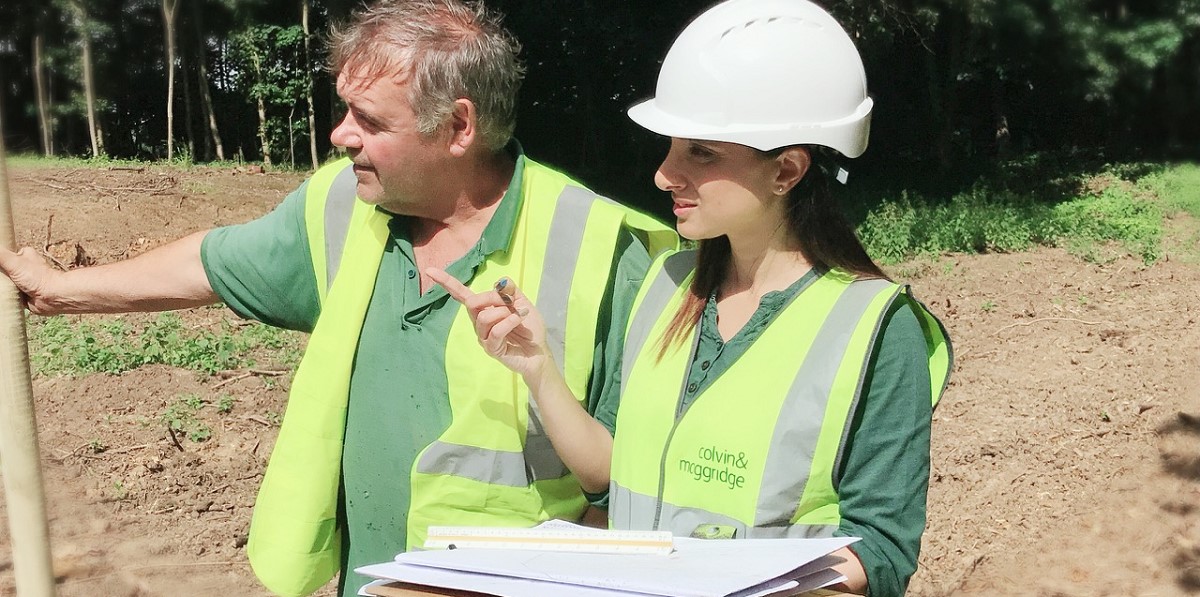
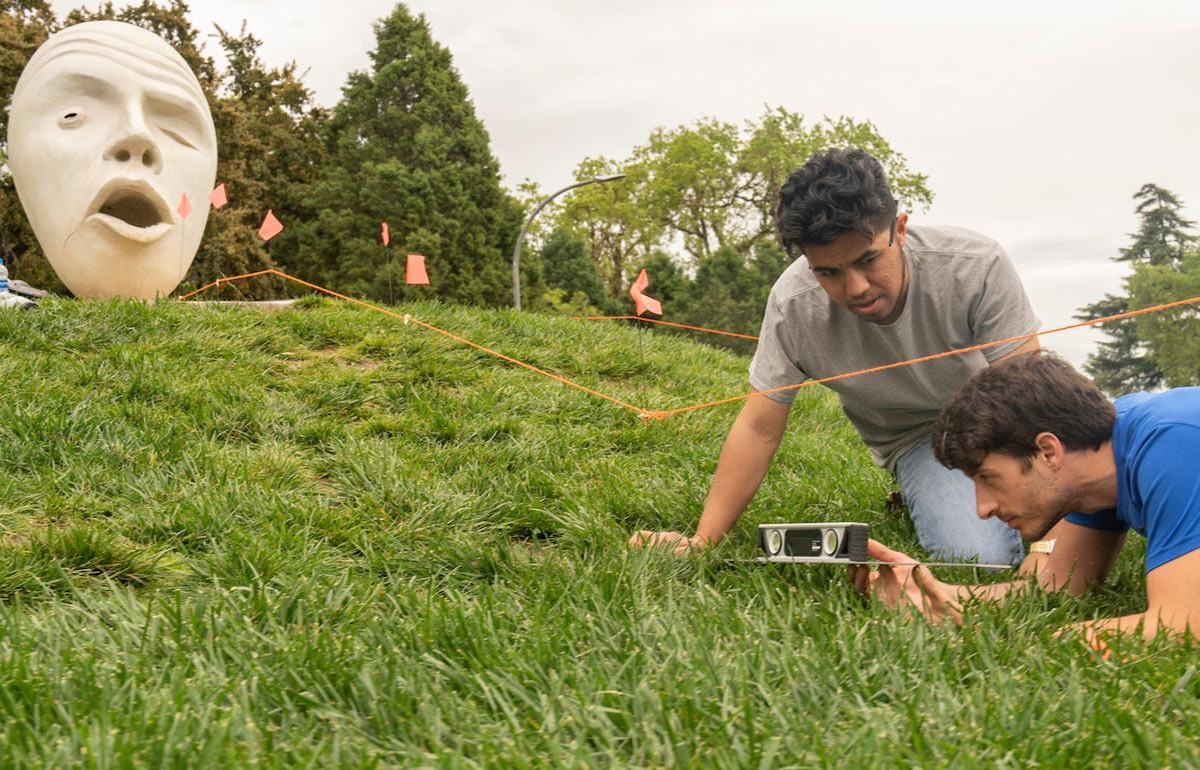
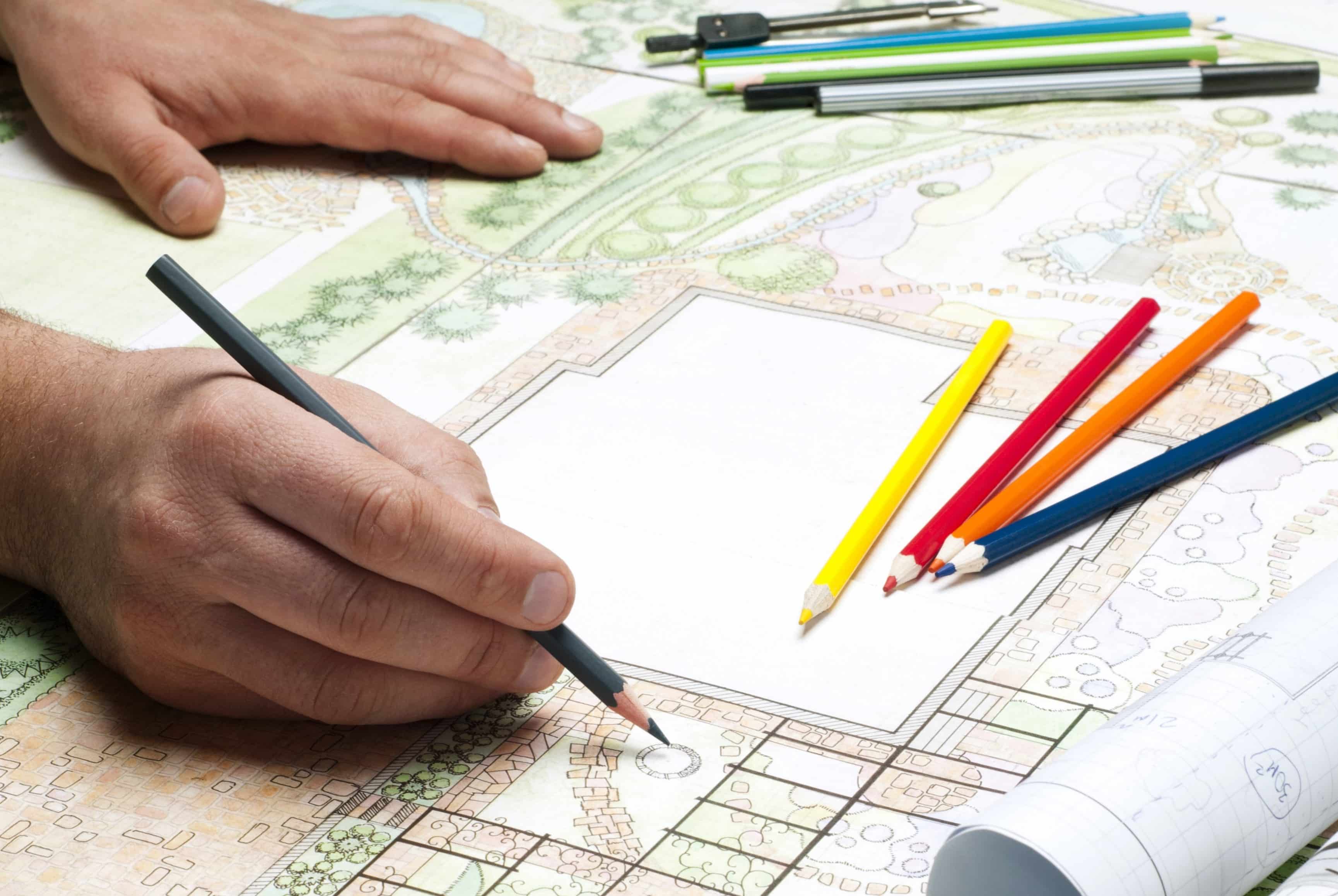
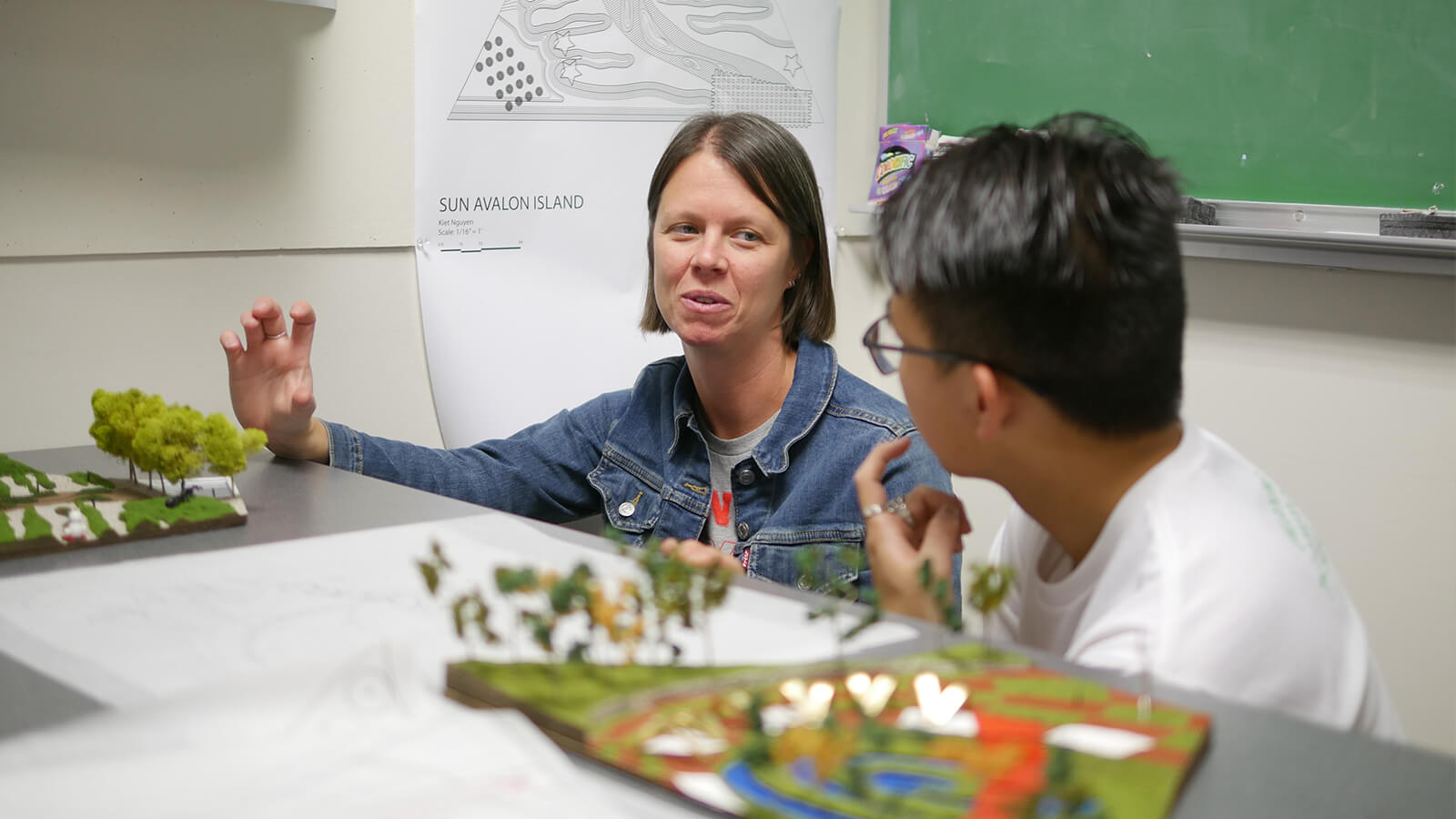
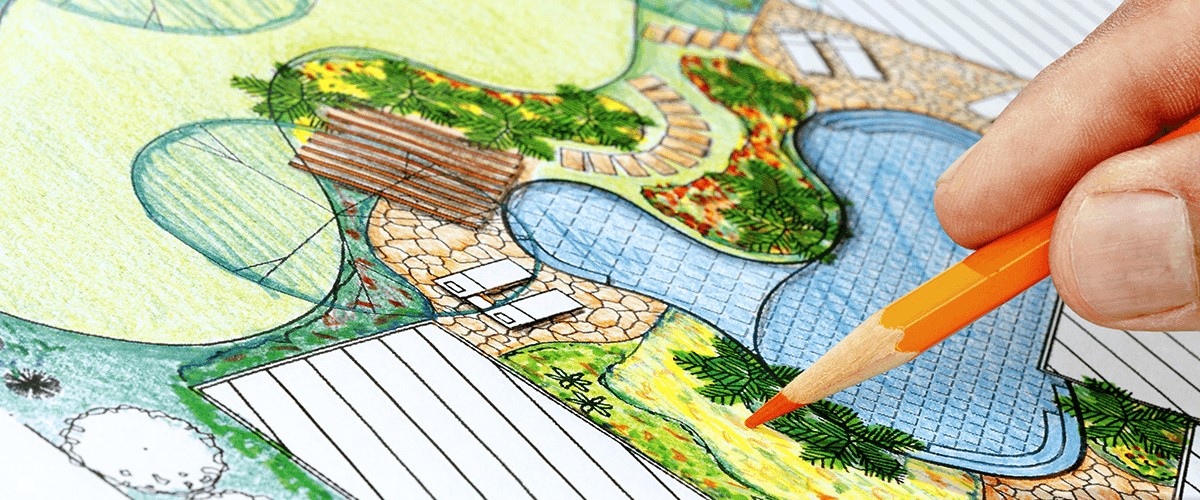
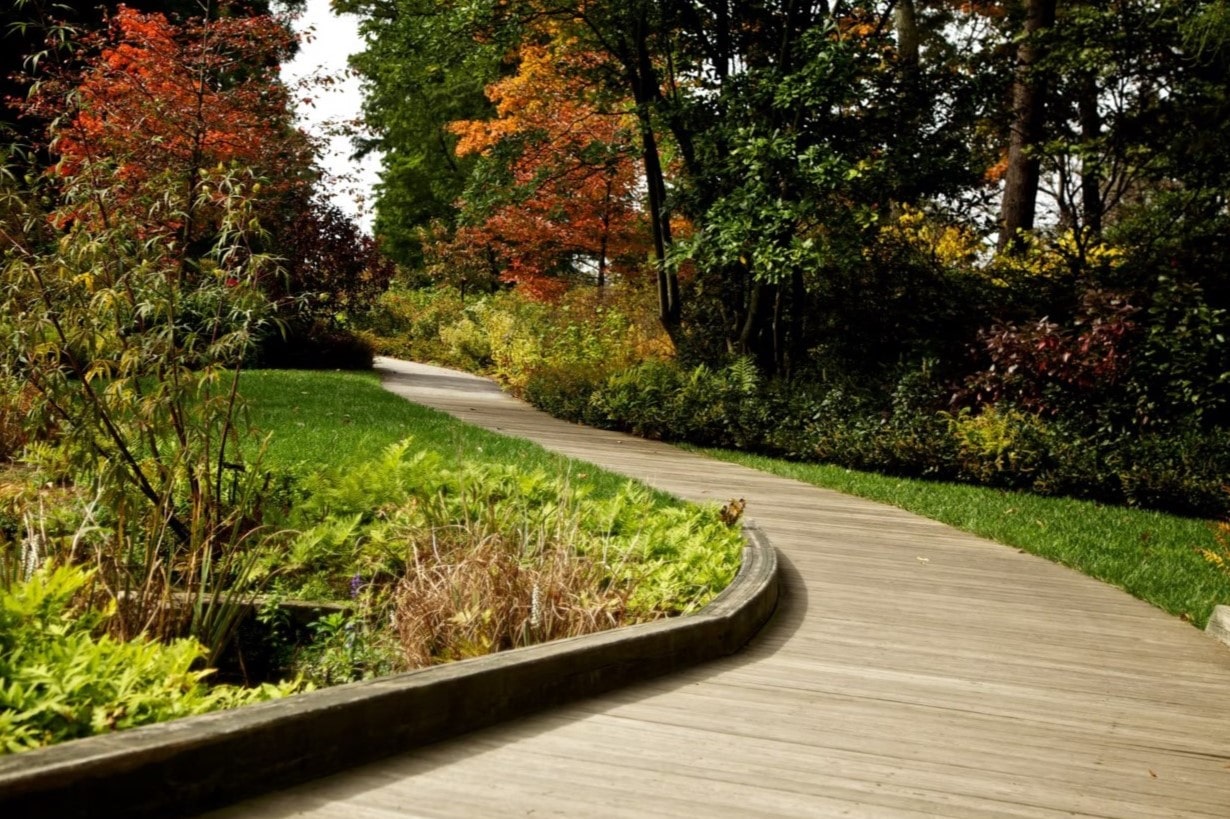

0 thoughts on “What Type Of Work Qualifies As Working Under The Direct Supervision Of A Landscape Architect”